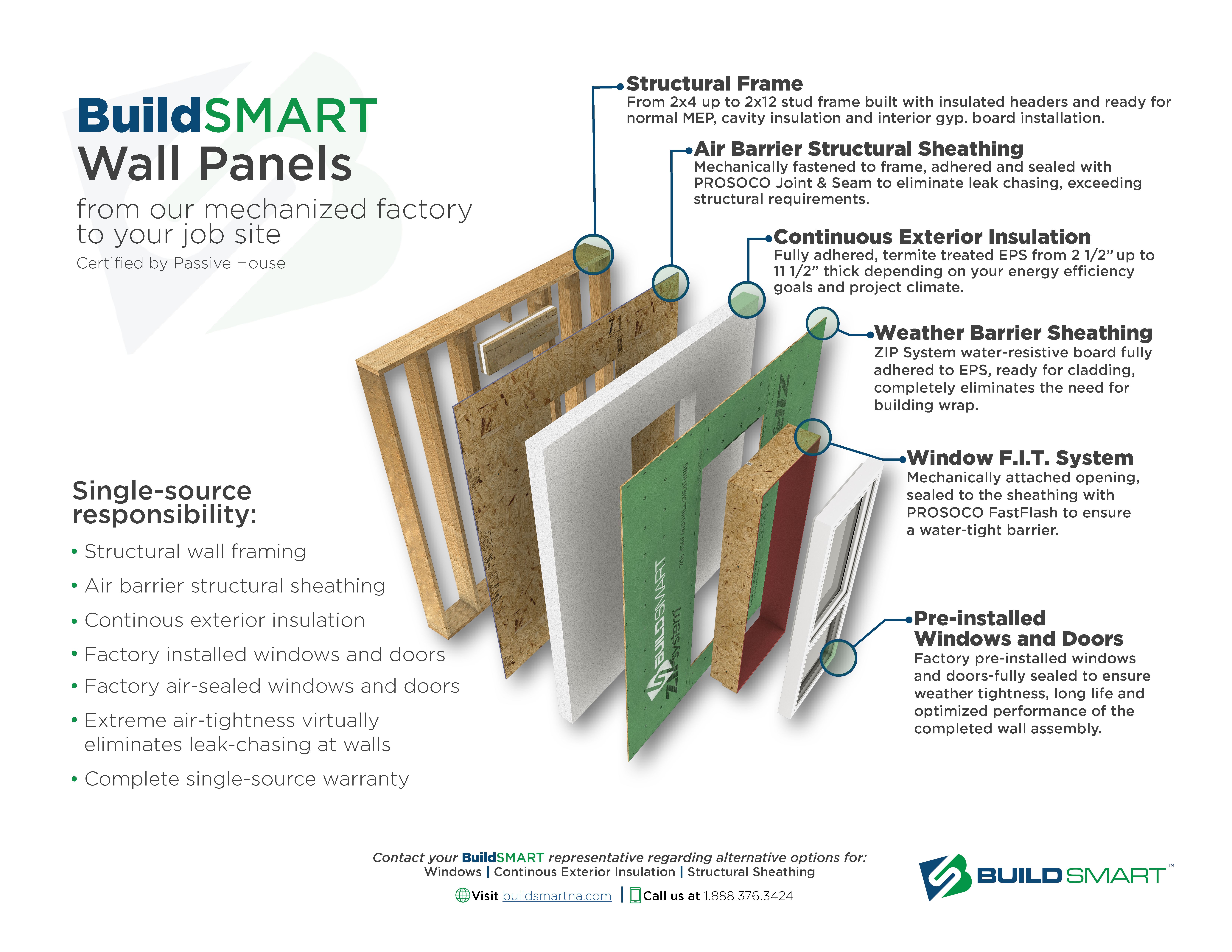Exterior Wall Sheathing Thickness

Exterior gypsum sheathing is available in 1 2 5 8 thick 4 wide square edge product.
Exterior wall sheathing thickness. For covering existing siding 1 2 inch and 3 4 inch thicknesses are commonly used. 5 8 exterior gypsum sheathing has a type x core for use in fire rated assemblies. Structural exterior wall sheathing ties framing studs together making the walls resistant to twisting and bending. According to the california uniform building code the minimum recommended thickness for structural panels used in wall sheathing is 5 16 inch for studs 16 inches on center and 3 8 inch for studs.
Exterior wall sheathing is either structural or non structural. Exterior wall sheathing strengthens the wall system provides a nailing base for the siding and gives a layer of protection against outside elements. The death of the 8 sheet one of the biggest items when sheathing a wall vertically is that the sheathing has to be continuous 602 10 4 5 which meant that an 8 sheet wouldn t cut it in many places so longer ones were required. Foam board thicknesses range from 3 8 inch to 4 1 4 inches.
Standard panels are 2 by 8 4 by 8 and 4 by 9 feet although some can be purchased in fan folded panels that run up to 50 feet long. In theory builders should make sure that any rigid foam installed on the exterior side of wall sheathing is thick enough to keep the sheathing above the dew point during the winter. But in practice most walls with too thin foam won t fail.














































